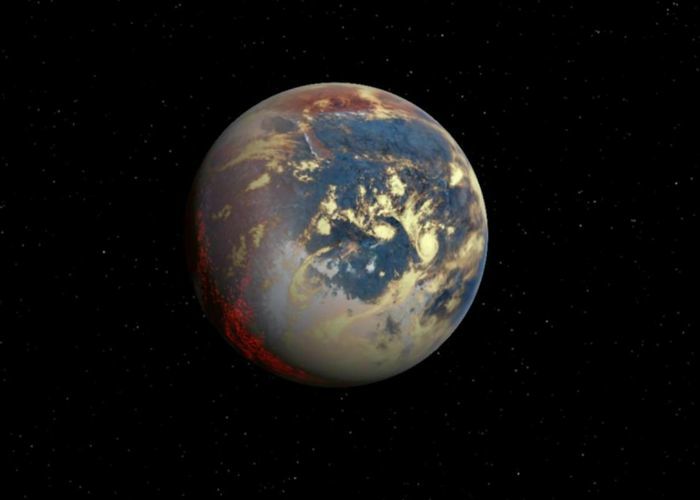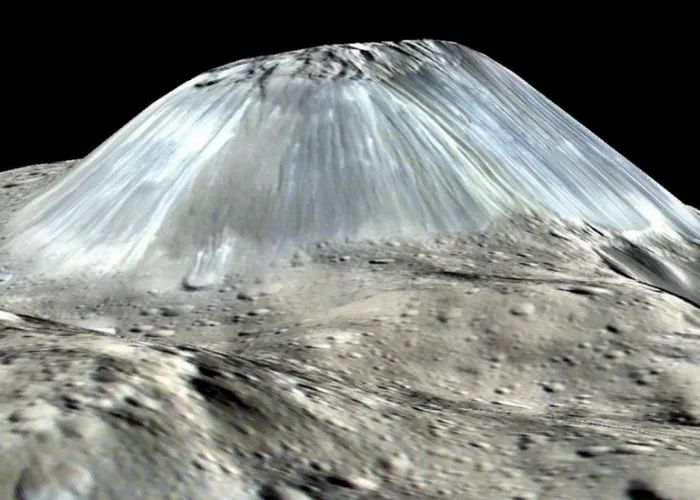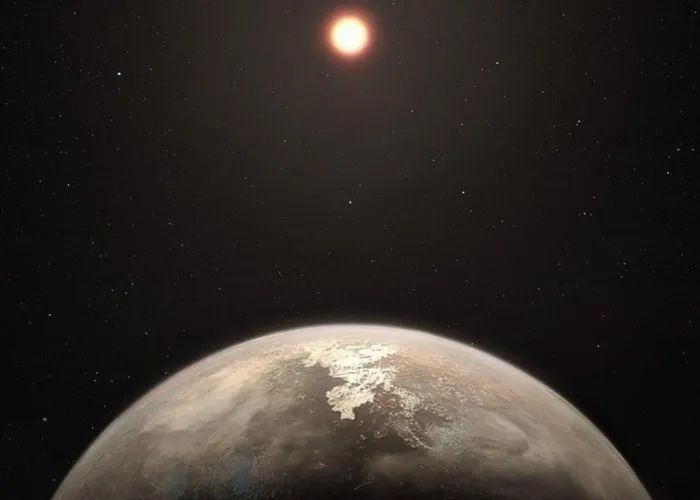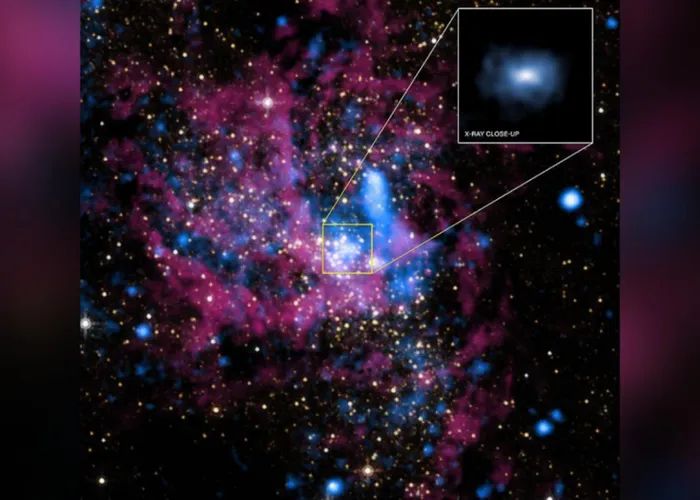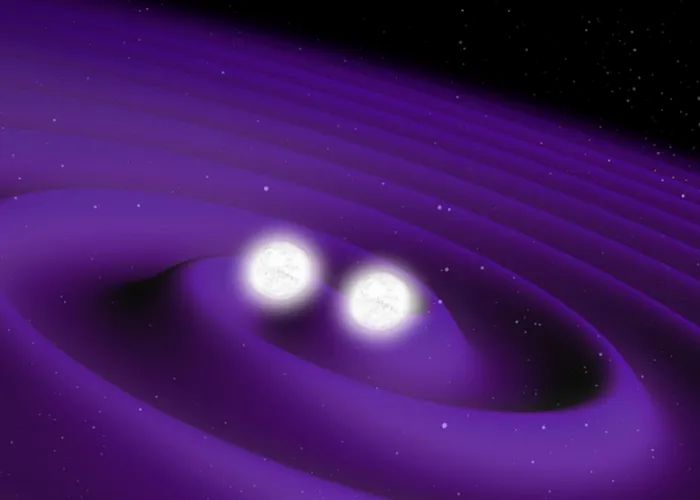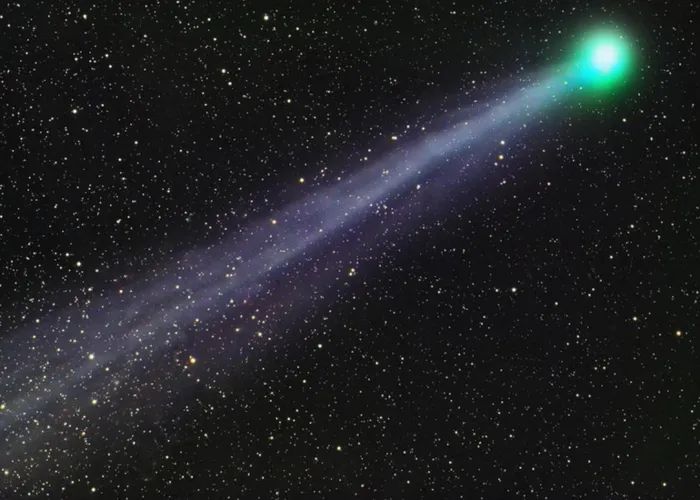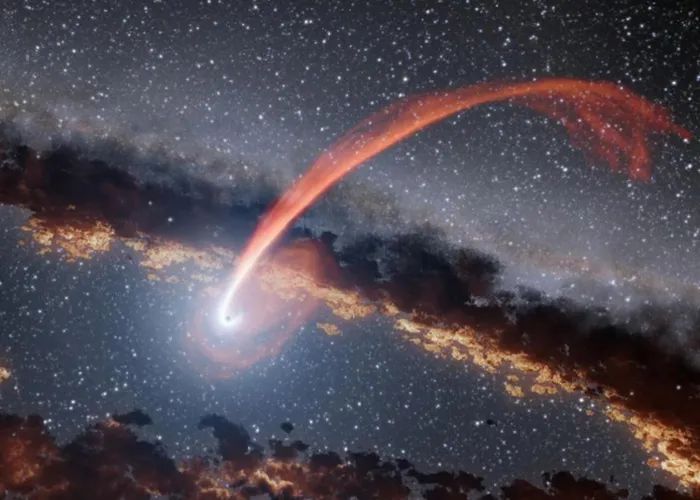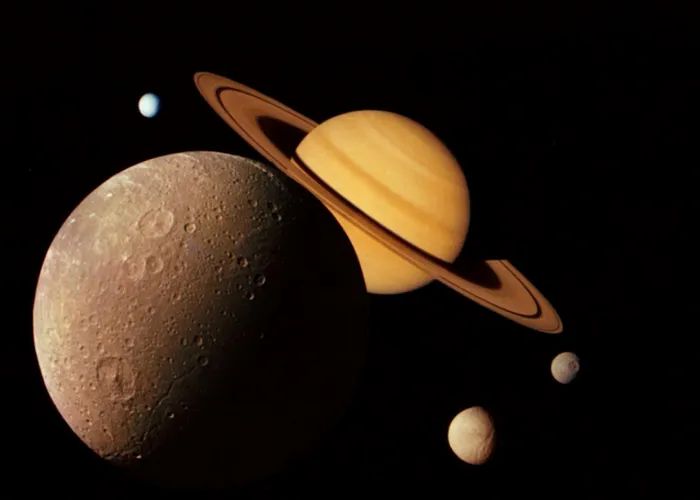“The Astonishing Truths About the Universe That Leave Humanity in Awe”
The vast universe always hides many secrets and urges us to explore. Here are some interesting discoveries about the universe made by scientists.
In 2017, Dr. A. Suarez Mascarenõ and her team discovered a super-Earth, with a mass nearly three times that of our planet. This “super Earth” is located 21 light-years away from our planet and orbits the red dwarf star M in just two weeks. Scientists are keeping an eye on these types of planets in their search for extraterrestrial life.
In 2015, NASA’s Dawn mission discovered a cryovolcano near the equator of the dwarf planet Ceres. The volcano, named Ahuna Mons, may be a type of cryovolcano that spews ice crystals mixed with mud instead of magma like Earth’s volcanoes.
In 2017, a planet the size of Earth named Ross 128b was discovered by scientist Xavier Bonfils at the University of Grenoble Alpes in France. This may be the closest planet to our solar system with potential for life.
In 2013, NASA’s Cassini spacecraft discovered a wide mountain range of over 8,000 meters on the moon Titan of Saturn. This mountain range is filled with liquid hydrocarbons. This is the first time researchers have discovered evidence of mountain ranges and channels filled with liquid on Titan.
Black holes are invisible parts of the universe created when a star dies. Their gravity is so strong that they swallow both matter and light. NASA’s Chandra X-ray Observatory recently discovered “supermassive” black holes that are 10 times larger than usual and are growing faster than the stars in their galaxies. This discovery was made by astronomers from the University of Montreal and the Institute of Space Sciences in Spain.
Scientists discovered two neutron stars colliding with each other in 2017. When a star runs out of energy, it will collapse and form either a neutron star or a black hole. This discovery showed that the effects of this intense energy source not only create gravitational waves and cause spacetime distortions, but also lead to the formation of heavy elements like gold and platinum.
In 2015, a group of scientists led by Nicolas Biver from the Paris Observatory in France observed that comet Lovejoy left behind a trail of ethyl alcohol, or alcohol, as it passed by. The research team discovered 21 organic molecules, including a type of sugar. The discovery of organic compounds in comets reinforced the hypothesis that these celestial bodies could carry the building blocks of life.
In a 2017 published study, researchers documented evidence of tectonic plate movement on Jupiter’s moon Europa, which has a hydro-oxygen balance similar to Earth. These findings reinforced the possibility that Europa could support life. The moon’s ocean is frozen 16 kilometers deep, but future exploration missions may discover whether the water beneath the surface is warm enough to support life.
In 2015, the tidal disruption event ASASSN-15lh emitted light 20 times brighter than the entire Milky Way. A team of scientists, led by Giorgos Leloudas from the Weizmann Institute of Science in Israel, published a paper in 2016 explaining that the explosion was not a supernova as initially thought but rather a dying star being pulled into a supermassive spinning black hole. These discoveries showed that unlike stationary black holes, which can affect stars in its event horizon, spinning black holes can draw in objects from outside.
A star just slightly larger than Earth, named EBLM J0555-57Ab, was identified in 2017 by researchers at the University of Cambridge in England. This star is the smallest ever discovered and much cooler than other exoplanets.
Hits: 8
